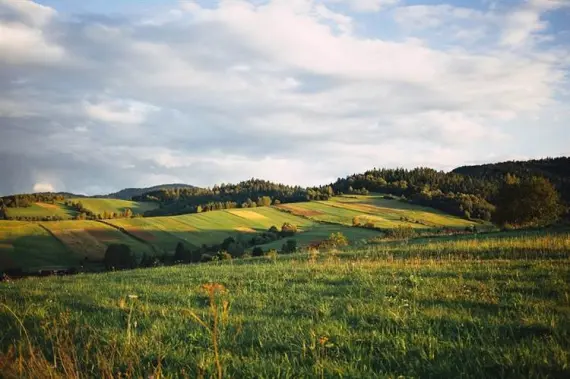Narol - PKS - Buses and Buses - Transportation - Attractions
NAROL

Narol is a small town in Podkarpackie Voivodeship, on the banks of the extremely charming and clean Tanew River. It borders the not much smaller village of Lipsko, whose history is much older than Narol itself. Narol is a place that attracts tourists. It encourages not only with its quietness and picturesque landscapes, but also with its numerous tourist attractions. Thanks to numerous hiking and biking trails and paths, everyone can discover and explore the beautiful Roztocze area.
Narol - tourist attractions and sights of the city. What is worth seeing?
The municipality also has many cultural and musical events on offer. For this reason it is called the Chamber Music Capital of Roztocze. In May, it is worth coming here for the Narol May Festival, in July for the Imperial and Royal Galician Fair, while in the last week of August for the Narol.Arte Festival, which takes place here, and throughout the year for the Narolskie Spotkania concert series.
What is worth seeing in the Narol municipality?
Rynek - the current layout of the town was created in the 20th century from what used to be two independent layouts: The 16th century old town and the Krupiec settlement. Although some elements of the former layout can still be seen. During World Wars I and II, the city's valuable historical buildings were almost completely destroyed. Only the town hall, church complex and one residential building survived. In 1790-1804 the Church of the Nativity of the Blessed Virgin Mary was built here, the construction of which was financed by Felix Antoni Łoś.
Old school - the founder of the Trivial School in Narol was Feliks Antoni Łoś. He did this at the turn of the 18th and 19th centuries, during the time of partitions. In 1907, a new brick building was constructed on the site of the old school. An elementary school functioned in the building until the 1990s. And now it has become the headquarters of the Public Library and the Municipal and Communal Welfare Center.
Łosiów Palace - was built in 1773-1781, thanks to Felix Antoni Łosi. The coat of arms sign of the Łosi family was a horseshoe, so the palace was built in this shape. And inside there were fifty chambers with beautiful wall paintings, fireplaces, perfectly matched furniture. On the walls of the palace hung portraits of family members, other places were decorated with sculptures, orders, etc. There was also a richly equipped library, which also served as the family archive. The Narol palace went through many turbulent years in its history. It was set on fire during the January Uprising by Austrian troops, looted by Austrian and Russian troops during World War I, and was used as an infectious disease hospital for the Austrian Red Cross. It was rebuilt in the interwar years. However, it was destroyed by Soviet troops during World War II, and was topped off by a fire in 1945 set by the Security Service, which was conducting an operation against a branch of the Home Army. In the post-war years, despite numerous attempts at reconstruction, the palace fell into disrepair. The current owner of the palace complex is Prof. Wladyslaw Klosiewicz. In 1999 he established the "Pro Academia Narolense" foundation, which aims to rebuild the palace.
Behind the palace is a park designed by Norbert Hammerschmidt, which has retained its original layout. It is the last 18th-century park in Poland that has survived to our time without any transformations.
Narol - PKS, buses and vans. Transportation to and from Narol
Bus stop Sindbad is located at the market stop behind the Narol Town Hall.
Are you interested in the description of the city? Check the details of connections from your town in the search engine na stronie głównej.
NAROL - list of coach stops:
- przystanek Rynek za Ratuszem
SINDBAD coach stop:
NAROL - list of international connections:
© 2025 Sindbad
Technical support, assistance, payments: Sindbad IT
© 2025 Sindbad
Technical support, assistance, payments: Sindbad IT
